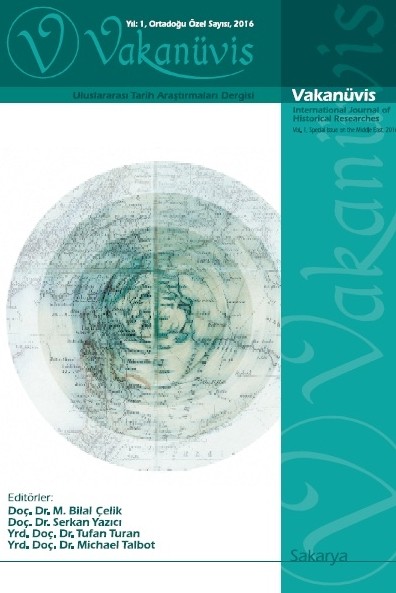II. Abdülhamid Döneminde Dâülkelp (Köpek Hastalığı-Kuduz) Tedavihanesi
Pasteur’un 1885 yılında
başarılı bir şekilde insana uygulamış olduğu kuduz aşısı Fransa’da ve dünyanın
başka ülkelerinde kuduz tedavisiyle ilgili sağlık merkezlerinin kurulmasına
zemin oluşturmuştur. Osmanlı Devleti zaman kaybetmeden Pasteur’dan eğitim almak
üzere Fransa’ya üç önemli hekim göndermiş ve ilgili heyetin geri dönmesiyle de
Ocak 1887’de İstanbul’da, kuduz ve bakteriyoloji üzerine çalışmak üzere, Zoeros
Paşa’nın yönetiminde Dâülkelp Tedavihanesi açılmıştır. Sadece başkentte böyle
bir tedavi merkezinin açılmasının tüm ülkenin ihtiyacını karşılamayacağının
farkında olan yönetim, zamanla merkezden uzak olan büyük vilayetlerde de benzer
sağlık merkezleri kurmuştur. Fakat hastanelerin mevcudiyeti ve mikrobiyoloji
üzerine yapılan çalışmalar kuduzla ilgili problemi çözmede tek başına yeterli
olmamıştır. Köpek ve kedi beslemenin yaygın olduğu kırsal kesimlerde,
insanlarının kuduz hastalığıyla ilgili bilinçlendirilmesi gerekmiştir. Bu ise
broşürler dağıtılmasına, konferanslar verilmesine ve yerel yöneticilerin
yaptığı uyarılara rağmen tam olarak başarılamamıştır. Buna bağlı olarak Osmanlı
ülkesinde, kesin tedavisi olan kuduzdan dolayı insan ölümleri devam etmiştir.
Anahtar Kelimeler:
Kuduz, köpek, Dâülkelp, Pasteur, Bakteriyoloji
Dâülkelp (Dog disease-Rabies) Treatment Center During the Era of Abdülhamid II
The rabies vaccine, which Pasteur successfully
administered to humans in 1885, laid the groundwork for the establishment of
health centers for the treatment of rabies in France and other countries around
the world. The Ottoman Empire didn't lose any time and sent three important
medical doctors to France, in order to receive training from Pasteur. After the
delegation returned, the Dâülkelp Treatment Center for rabies and bacteriology
was established in Istanbul in January 1887 under the administration of Zoeros
Pascha. The Ottoman Empıre was aware of the fact that the opening of such a
treatment center in the capital city alone will not meet the needs of the whole
country and in time they established similar health centers in other big
cities, far away from the center. However, the availability of hospitals and
studies on microbiology alone were not sufficient to solve the problem of
rabies. In rural areas, where it was common to look after cats and dogs, the
people had to be educated about the rabies disease. This was not fully achieved
despite the distribution of brochures, conferences and warnings from local
administrators. As a result people in the Ottoman Empire continued to die from
rabies, although there was a definitive treatment.
Keywords:
Rabies, Dog, Dâülkelp, Pasteur, Bacteriology,
___
- Remzi Çavuş, II. Abdülhamid Döneminde Dâülkelp (Köpek Hastalığı-Kuduz) Tedavihanesi, Vakanüvis Uluslararası Tarih Araştırmaları Dergisi, c. 2, s. 1, Sakarya, Mart 2017, ss. 46-61.
- ISSN: 2149-9535
- Başlangıç: 2016
- Yayıncı: Serkan YAZICI
Sayıdaki Diğer Makaleler
Gazneliler ile Selçuklular Döneminde Taberistan Bölgesi ve Ziyâriler
Kitap Tanıtımı: Fuat Uçar, Türk Siyasi Hayatında Milliyetçi Cephe Hükümetleri
Temettuat Defterlerine Göre Karadere Divanı
II. Abdülhamid Döneminde Dâülkelp (Köpek Hastalığı-Kuduz) Tedavihanesi
Osmanlı Vakanüvislik Geleneğinde Türk Dilinin Evrimi
Kitap Tanıtımı: Figen Atabey, Çanakkale Muharebelerinin Deniz Cephesi
